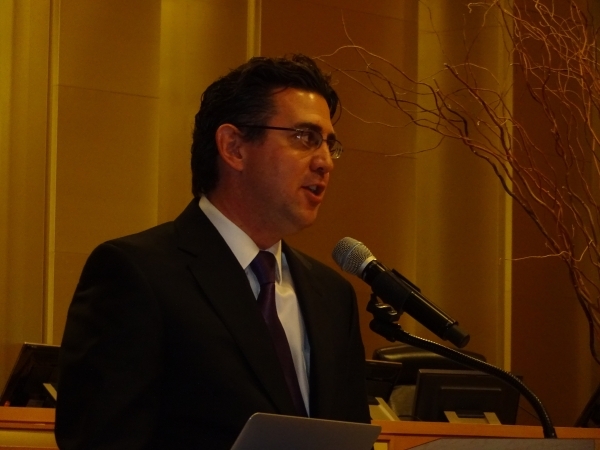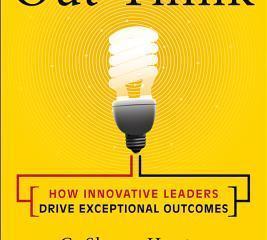
The aphorism “A rising tide lifts all boats” seems to be the theme for Las Vegas Valley nonprofits during this first quarter of 2016.
Fresh off the Jan. 29 Preview Las Vegas event where the Las Vegas Chamber of Commerce gave encouraging news about the growing local economy, the Moonridge Group held its fifth annual Philanthropy Leaders’ Summit on Feb. 5.
Led by founder and CEO Julie Murray, the Moonridge Group surveyed large corporations and small businesses in Nevada to determine the amount of funds and donated time given to charities, the types of charities and causes, and the expected returns on those charity investments.
The statistical results of the survey were presented by Jeremy Aguero, principal analyst at Applied Analysis, who gave a guardedly optimistic report.
While encouraging people to think more about corporate philanthropy, Aguera explained, “People have started counting things that they had not counted in the past. So while some of the numbers presented may seem like a huge leap forward, it may be a result of better and more meticulous accounting by the companies that are doing the giving.”
At the top of the list and perhaps the seemingly most impressive figure is the number of volunteer hours reported. In 2015, it reached 445,000, up sharply from last year’s 260,000.
Part of the reason for that increase is the fact that 91 percent of Nevada employers offer company-sponsored days or events for volunteering. Seventy-four percent of the companies surveyed offer four or more volunteer days as part of their corporate philanthropic plans. Thirteen percent offer two or three volunteer days and another 13 percent offer a single volunteer day. By offering these volunteer days, companies are not only encouraging their workers to build a better community, but they are also gaining a reputation for giving back.
And while nearly all corporate philanthropic decisions were once made at the “C-Suite” level, the trend has changed. Of the companies surveyed, 31 percent have a foundation leadership group, and 30 percent have a philanthropic committee. Only 23 percent of the decisions are made by the CEO, CFO or COO.
Just as the decision-making process has changed, so has the priority for the types of charities. Where health and social services used to dominate the pie chart, it now occupies just 26 percent. The leader is education at 44.2 percent with 25.8 percent of that going to higher education. One hundred percent of the companies surveyed cited education as a key element of corporate philanthropy, reflecting the fact that education is the key to a better workforce and to attracting a more diverse business economy.
“Education is the silver bullet,” said Aguero. “Education is an underlying element that corporations can default back to because it deals with their bottom line and because the return on investment is clear, consistent and far-reaching,” cited Aguero.
Survey participants were asked to explain their “most important factors in giving,” and the results (in the order of importance) seemed to run along the same lines of most business decisions:
• Demonstrated results
• Strategic giving
• Assessment of greatest needs
• Quality of applications
• Company relationships with recipients
• Personal convictions of executives
• Reactive giving
• Commercial opportunities
• Frequency of requests
On a national basis, U.S. charitable giving is expected to increase by 4.1 percent in 2016 and again in 2017 by an additional 4.3 percent.
Not surprising, a national study found that women are more charitable than men at every income level. Predictions are that women are expected to inherit 70 percent of the $41 trillion in intergenerational wealth transfer that will take place over the next 40 years. Estimates are that by 2025, 60 percent of U.S. billionaires will be women.






